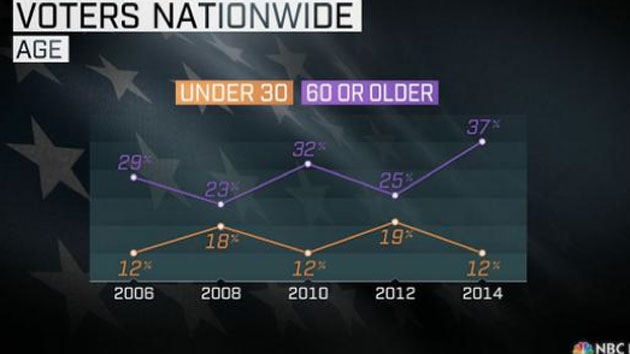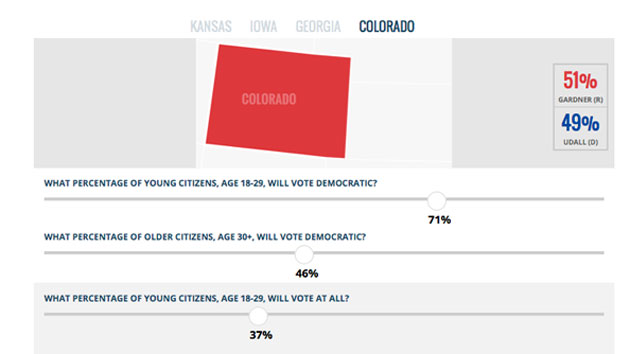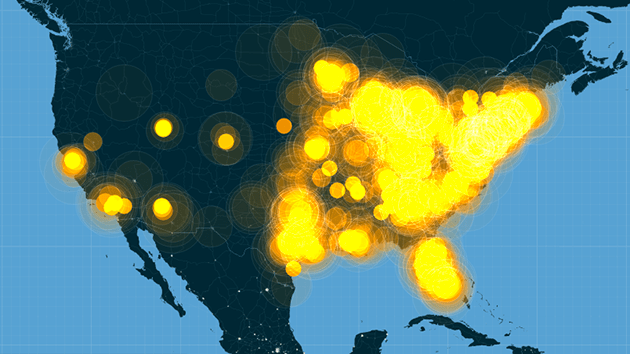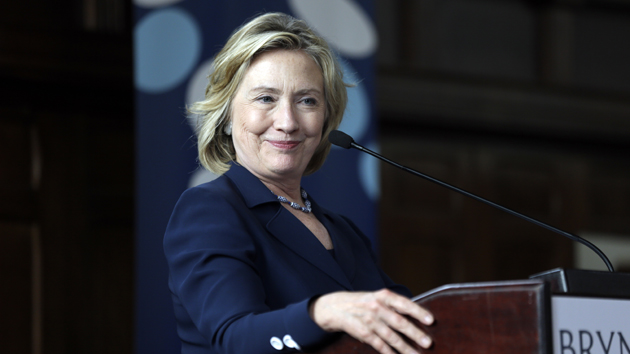The GOP’s big Election Day victory may have a lot to do with who didn’t show up at the polls—and one of the groups that stayed home at a record rate were young people. According to an NBC News exit poll, the percentage of voters aged 60 or older accounted for almost 40 percent of the vote, while voters under 30 accounted for a measly 12 percent. Young people’s share of the vote is typically smaller in midterm elections, but the valley between age groups in 2014 is the largest the US has seen in at least a decade.

And that valley made a huge difference for Democrats, because younger voters have been trending blue. Some 55 percent of young people who did turn up voted for Dems compared to 45 percent of those over 60.
An interactive predictor on the Fusion, the news site targeted at millennials, indicated how Democrats could have gained if young people had shown in greater numbers. Using 2010 vote totals and 2014 polling data, the tool lets users calculate the effect of greater turnout among voters under 30 in several key states.
On Tuesday, according to preliminary exit polls, young voters in Iowa favored Democrats by a slight margin—51 percent—but they made up only 12 percent of the total vote, leaving conservative Republican Joni Ernst the winner. In Georgia, 58 percent of young voters went for Democrat Michelle Nunn, but they made up 10 percent of the total who showed up to cast their ballots. In Colorado, where a sophisticated political machine delivered Democratic wins in 2010, the calculator shows that a full 71 percent of young people voted for Dems in 2010; exit polls indicate that young voters made up 14 percent of the final tally, leaving Mark Udall out in the cold.
If historical voting patterns hold, it’s possible that these Democratic leaning millennials will turn out in greater numbers in the future. If so, that will bode well for Dems—as long as these voters don’t also become more conservative as they age.
















